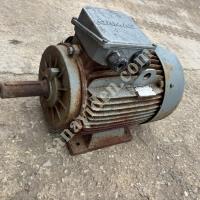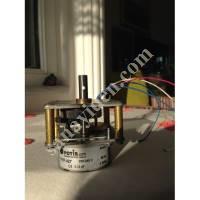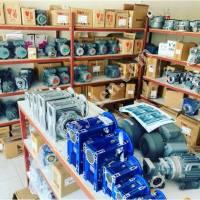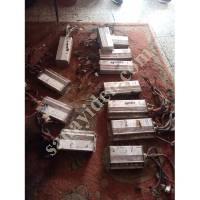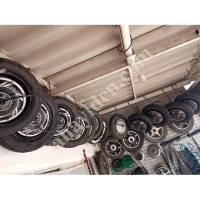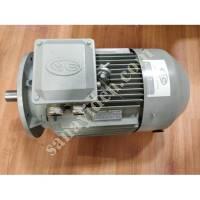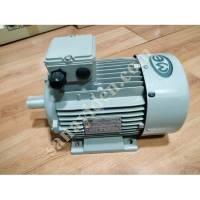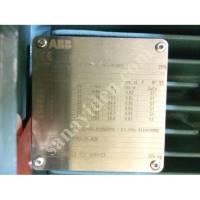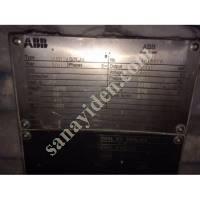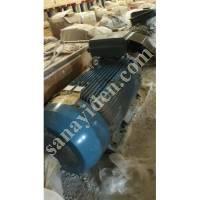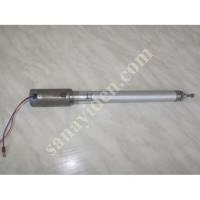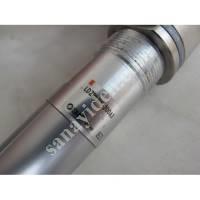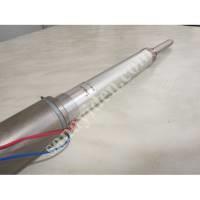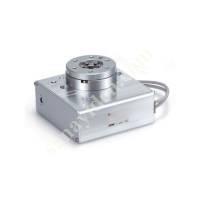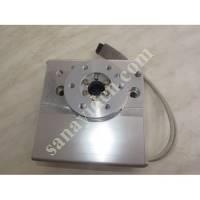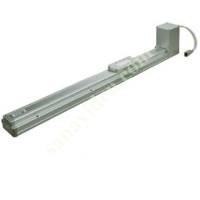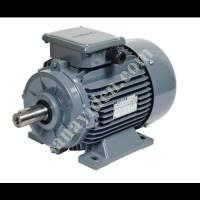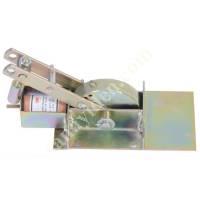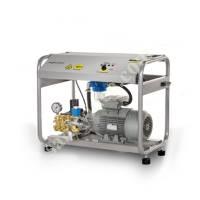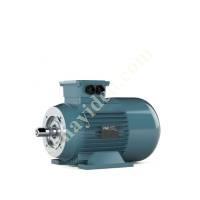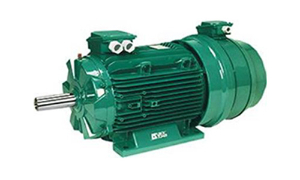
How do you choose the right dc motor for your project?
Introduction: DC Motors are a critical part of any project. They power your project, activate it and keep it running. However, choosing the right dc motor can be difficult. You need to consider factors such as cost, performance, and range. And there is more than that! Depending on what you want it to do, what you know about your materials, and how you're going to use it, you need to choose the right engine for your project.
How to Choose the Right DC Motor?
DC motors are a type of electrically powered motor. They can be used to spin gears, lights and other devices in a home or office environment. There are many different types of DC motors, some of which are more commonly used for specific purposes. Here are a few examples:
1. AC Motors- These motors use AC power to rotate the gear teeth. This is the most common type of dc motor used in home projects and many small businesses.
2. DC Motors- These motors use DC power to rotate gear teeth. Because they are faster and more powerful than AC motors, they are often used in industrial and scientific applications.
3. Sine Motor- These motors use a sinusoidal waveform to rotate gears. This type of motor is often used in robotics and machine learning applications as it provides smooth motion without sudden changes in speed or direction.
How to Choose the Right DC Motor for Your Project?
When choosing a DC motor for your project, it is important to consider the characteristics of the motor. These include voltage requirements, overload resistance, and cost. You should consult an electrical engineer to determine the voltage requirements for your project. Additionally, you will want to determine the load conditions for the project (the amount of power the engine can produce). Once you have this information, you can compare different dc motors and choose the one that best suits your needs. Subsection 2.2 Determine Your Project's Voltage Requirements. A dc motor needs a certain voltage to produce power at the desired level. This is determined by the amperage rating and the type of connector used to connect it to the electrical system. The higher the amperage of a DC motor, the more power it can produce at any given wattage. But this also means that dc motors are more expensive than other types of motors. Consult an electrical engineer or check online product specifications to find out what type of DC motor your project needs. Subsection 2.3 Select an Overload Resisting DC Motor. If your project involves overloading or sparking with your DC motors, choosing an overload proof DC Motor is essential! Overload resistant DC Motors protect against overcurrent and overvoltage conditions, reducing the damage caused by these potential threats. By doing this, you reduce financial risk as well as potential customer dissatisfaction should something go wrong with your dc motor during use.
This option is especially useful if you are working on a high power device or if there will be high loads (such as during production) that could cause damage to your other electronic equipment outside of its normal operating range.
Subsection 2.4 Compare Costs of Different DC Motors.
When shopping for DC motors, be sure to compare costs between different makes and models to get the best deal on quality and service.
Check the prices of various parts before purchasing
Compare prices between brands
Don't forget shipping charges!
Examine the Characteristics of the DC Motor. Ampere rating is an important consideration when choosing a dc motor for your project. High amperage ratings mean the motor can produce more power at any given watt. But this also means that dc motors are more expensive than other types of motors. Consult an electrical engineer or check online product specifications to find out what type of DC motor your project needs.
Working with an electrician can help you determine what amperage is best for your project and save money in the process. Additionally, it is important to note that even if a DC motor has a higher amperage rating, it may not be overload resistant, meaning that overcurrent and overvoltage conditions can allow damage to your equipment outside of its normal operating range.
Compare Costs of Different DC Motors.
Check the prices of various parts before purchasing
Compare prices between brands
Don't forget shipping charges!
How to Use the Right DC Motor for Your Project
If you plan to power a project with a dc motor, it is important to connect the motor to the project in a way that ensures continuity. For example, if your project involves welding or fabricating parts, use a suitable connector to ensure the Motor is DC Powered.
Use DC Motor to Power Your Project.
To power your project using a dc motor, you will need to adjust the motor's power output to suit your needs. For example, if you want the engine to run at higher power at start-up, increase the output power. If you want the engine to run slowly at low powers during start-up, reduce the power output. Additionally, be sure to set the voltage input of the dcMotor to match the voltage requirements of your project.
Adjust Power Output of DC Motor.
When powering a project with a DC motor, it's also important to set the power output to run at the speed that suits your needs. Increasing or decreasing the speed can help achieve this goal while maintaining continuity between the dcMotor and the project."
conclusion
Choosing the right DC motor for your project can be a difficult task. However, it's easy to get started with some basics about DC motors and project requirements. Considering the features of each engine and comparing costs can help you make the best decision for your project. Thank you for reading!. Additionally, using the right DC motor for your project will keep your business running smoothly.

